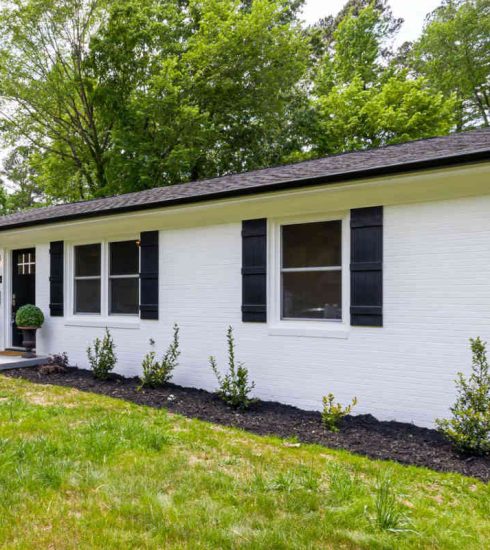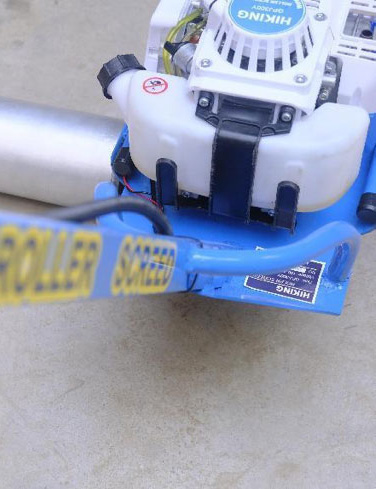How to Use AAC Blocks for Your Home Improvement?
When it comes to home construction and renovation, there are always new materials and technologies that promise to make the process easier, more efficient, and more environmentally friendly. One such innovation that has gained popularity in recent years is Autoclaved Aerated Concrete (AAC) blocks. AAC blocks are a versatile and sustainable building material that can be used in a variety of applications to improve your home.
In this article, we will explore the many ways in which you can use AAC blocks to enhance the quality, durability, and energy efficiency of your home.
What Are AAC Blocks?
Before we delve into how to use AAC blocks in your home improvement projects, let’s first understand what AAC blocks are. AAC is a lightweight precast concrete alternative that is made by mixing sand, cement, lime, and aluminum powder. This mixture is then subjected to high-pressure steam curing, which forms gas bubbles throughout the material, giving it a porous, lightweight structure. The resulting AAC blocks are strong, durable, and significantly lighter than traditional concrete blocks.
This construction material is usually been cut through AAC block cutting machine, which makes it into regular shapes such as rectangular parallelepiped. Here are some common applications of AAC blocks in home construction:
1. Exterior Walls
One of the most common uses for AAC blocks in home construction is in exterior walls. AAC blocks offer excellent thermal insulation properties, which help regulate indoor temperatures and reduce energy consumption. This can lead to substantial savings on heating and cooling costs. Additionally, AAC blocks are resistant to pests, fire, and mold, making them a long-lasting and low-maintenance choice for your home’s exterior walls.
2. Interior Walls
AAC blocks are not limited to exterior use. They can also be used for interior walls. The lightweight nature of AAC makes it easy to work with and is particularly advantageous for partition walls. The acoustic properties of AAC can help reduce noise transmission between rooms, creating a quieter and more comfortable living space.
3. Foundation and Basement Walls
The strength and durability of AAC blocks make them an excellent choice for foundation and basement walls. They can withstand the high moisture levels often found in basements without compromising their structural integrity. The insulation properties of AAC also help in maintaining a consistent temperature and humidity level, reducing the risk of mold and mildew growth.
4. Roof Insulation
While AAC blocks are primarily known for their use in walls, they can also be employed as insulation for your roof. Placing AAC blocks between roof rafters or trusses can help keep your home cooler in the summer and warmer in the winter, further improving your energy efficiency and reducing your energy bills.
5. Flooring
AAC blocks are not limited to vertical applications; they can also be used as flooring material. When used as a subfloor, AAC blocks provide excellent thermal and acoustic insulation. Moreover, they are resistant to moisture and can be an excellent choice for areas prone to high humidity, such as bathrooms and kitchens.
6. Outdoor Applications
AAC blocks can also be used in outdoor applications to improve the aesthetic and functional aspects of your home. You can use AAC blocks to create beautiful garden walls, retaining walls, or outdoor seating areas. They are durable, weather-resistant, and require minimal maintenance, making them an excellent choice for landscaping projects.
In Conclusion
AAC blocks are a fantastic building material that can be used in a variety of ways to enhance the quality, durability, and energy efficiency of your home. Whether you are planning a new construction project or renovating your existing home, consider incorporating AAC blocks into your design. AAC blocks have the potential to transform the way we build and live in our homes, offering a brighter, greener, and more comfortable future for homeowners.






